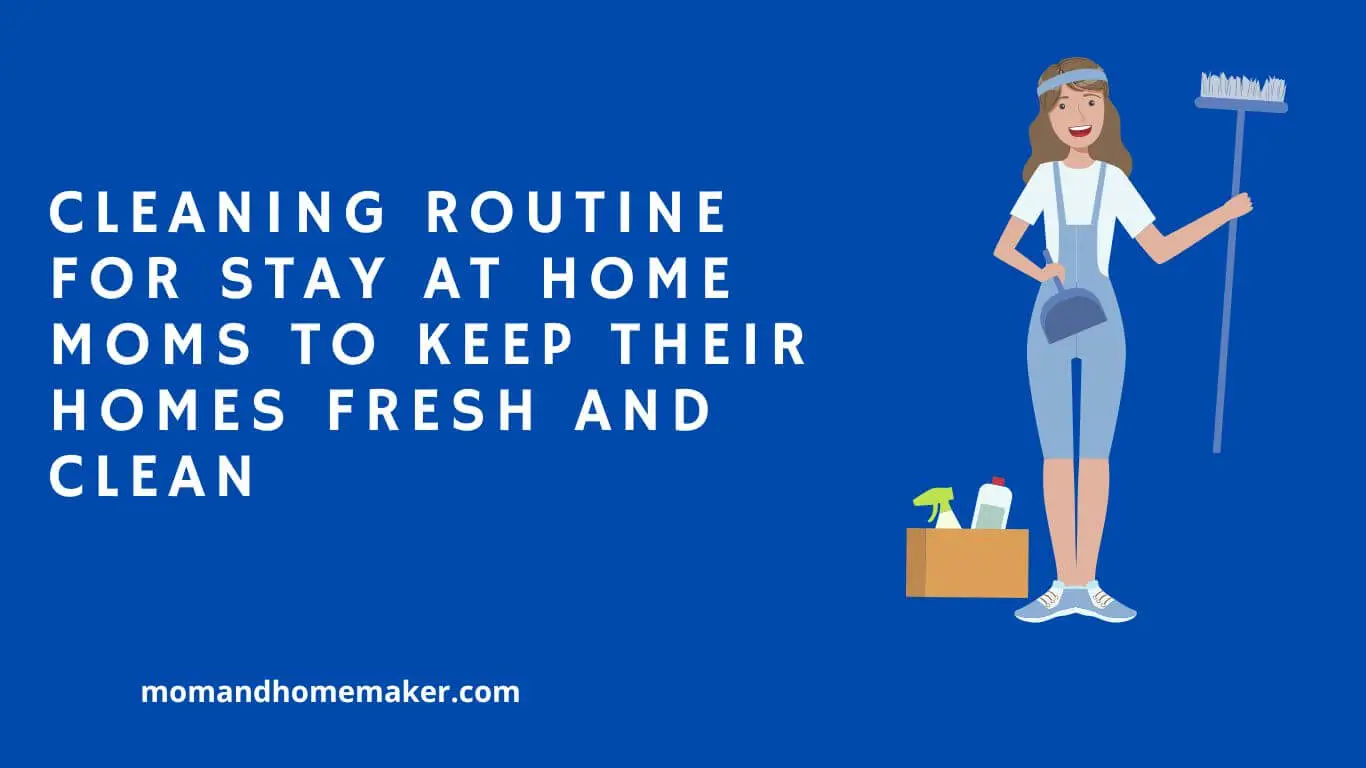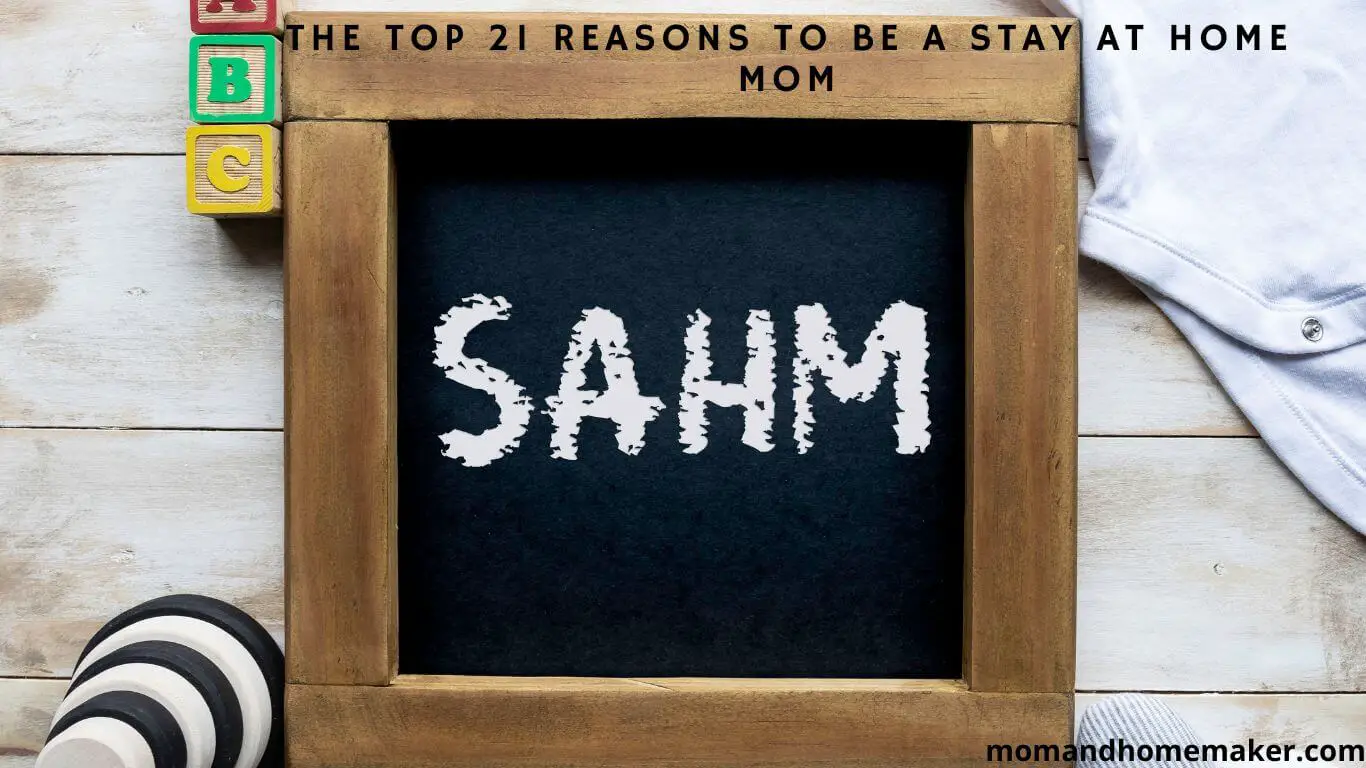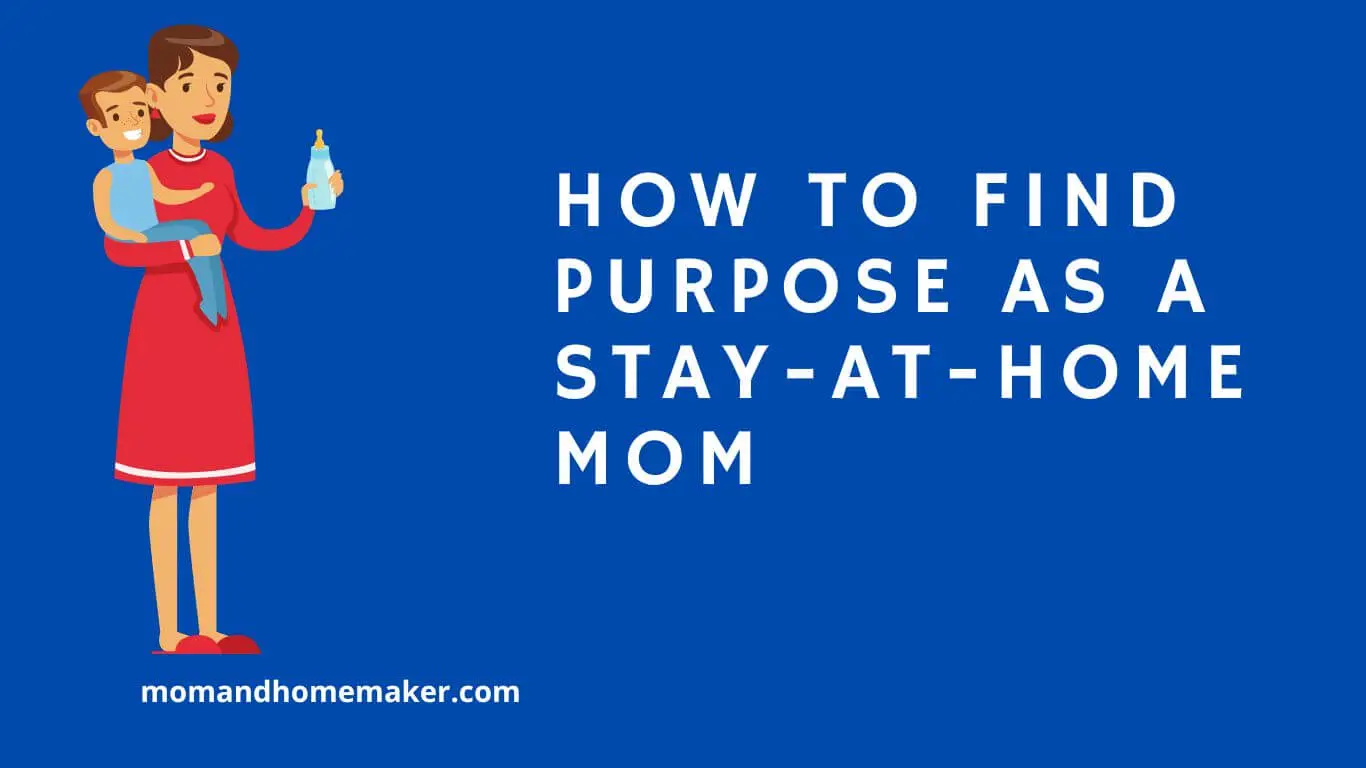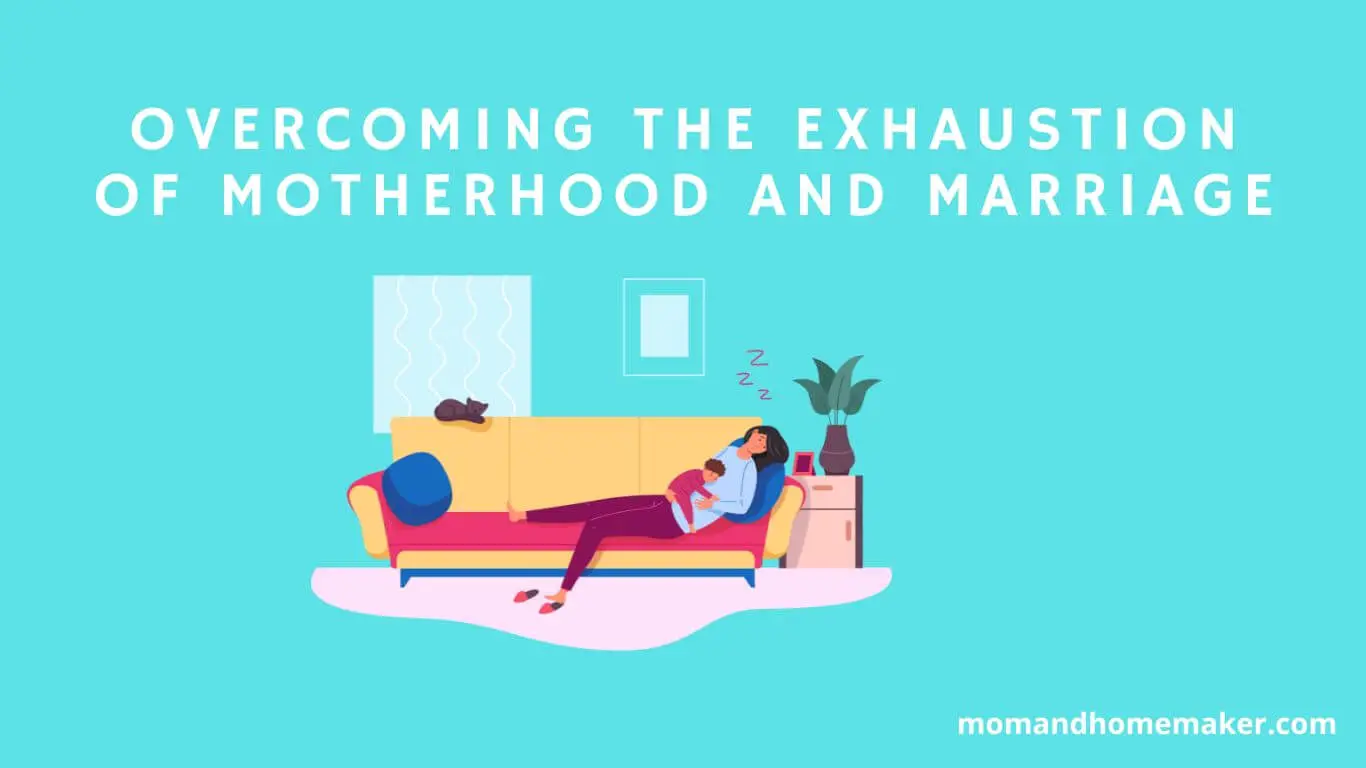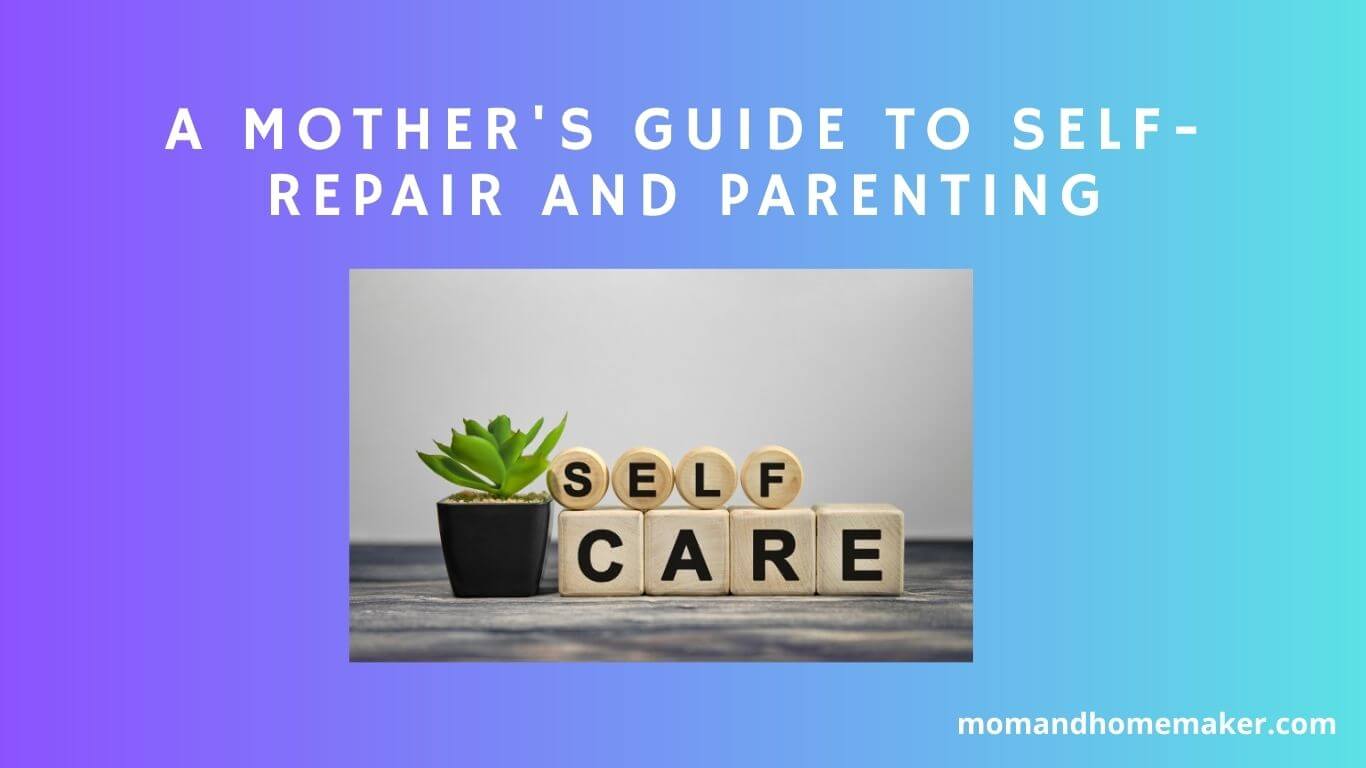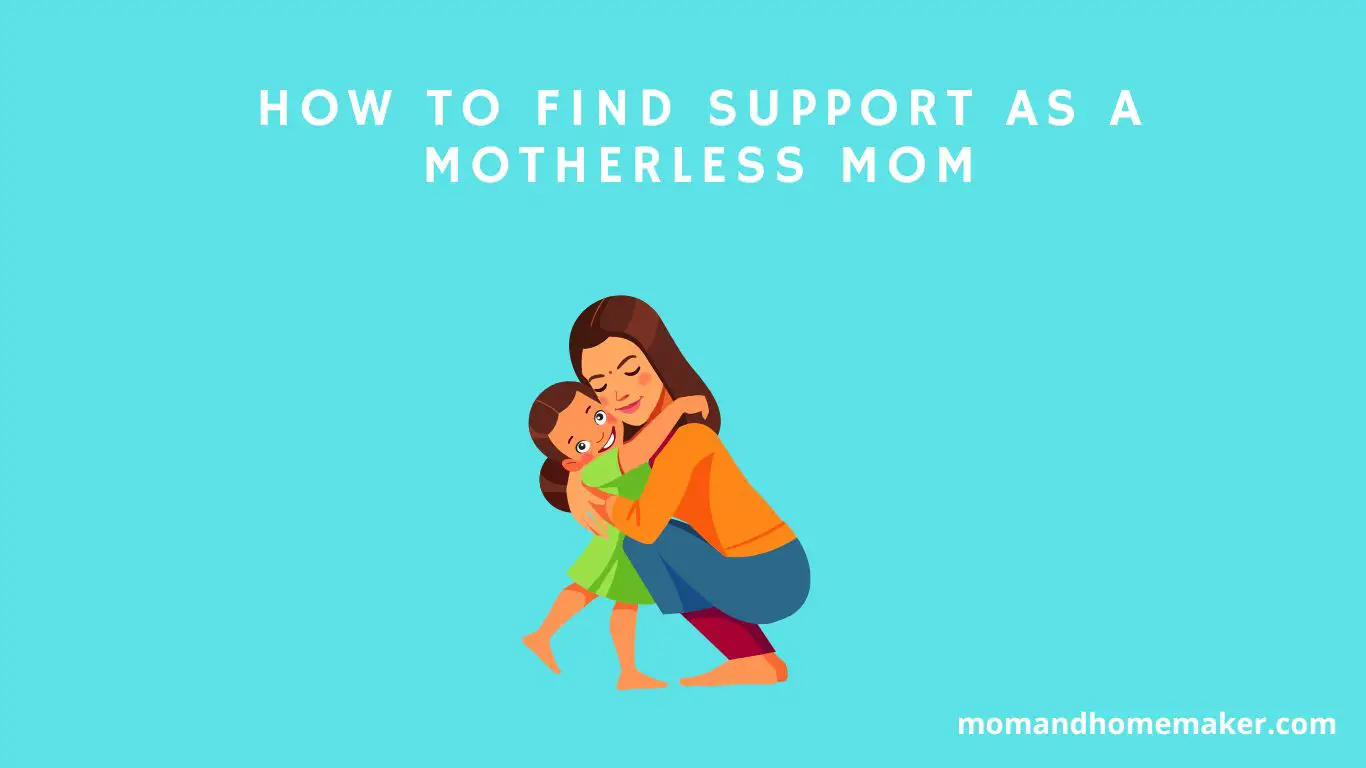Recent data reveals that around 29% of married-couple families in the United States have stay-at-home mom. This statistic highlights the commonality of this parenting arrangement in today’s society.
However, delving into the reasons behind these numbers and exploring the impact of this choice on families and society can offer valuable insights into the dynamics of stay-at-home parenting.
Stay-at-Home Moms: A Look at the Numbers
Analyzing the data shows a noticeable increase in the proportion of stay-at-home mothers in recent times. This change reflects shifting parenting preferences influenced by evolving societal norms. Many families are challenging traditional gender roles and exploring new dynamics within the family structure.
As more mothers opt to stay at home, the landscape of family life is undergoing a transformation. These parenting decisions are moving away from the traditional view of women primarily as homemakers.
Instead, it’s becoming more common for families to adopt a model where caregiving responsibilities are shared based on individual choices and strengths.
This shift indicates a departure from rigid gender roles towards a more flexible and equal approach to family interactions.
Historical Trends in Stay-at-Home Moms
In recent decades, the role of stay-at-home moms has undergone significant changes in response to shifting societal norms. These transformations aren’t only evident in statistical trends but also in how stay-at-home moms are portrayed in literature and the evolving stereotypes surrounding them.
- Representation in Literature: Various literary works have depicted stay-at-home moms with depth, showcasing their challenges, joys, and sacrifices. These portrayals go beyond traditional stereotypes, humanizing their roles in society.
- Changing Stereotypes: The stereotypes associated with stay-at-home moms have progressed from outdated views of domestic confinement to a more nuanced understanding of the diverse reasons why women may choose this path.
- Challenges and Victories: Historical trends highlight the struggles and triumphs of stay-at-home moms, emphasizing their resilience and ability to adapt to evolving social expectations.
- Impact on Family Dynamics: As the role of stay-at-home moms has evolved, it has influenced family dynamics, sparking discussions about gender roles and the importance of supporting individuals in their chosen roles.
These shifts in portrayal and perception reflect a broader societal acknowledgment of the multifaceted nature of stay-at-home motherhood, recognizing the value and impact of this role within the family unit.
Factors Influencing Stay-at-Home Mom Rates
The rates of women choosing to be stay-at-home moms are influenced by various factors, including economic considerations and cultural norms. For many families, the cost of childcare is a crucial factor in the decision-making process.
When the expenses of childcare exceed the income a mother would earn from working, staying at home may become the more financially feasible option. Additionally, the availability of flexible work arrangements and paid parental leave can impact a mother’s choice to stay at home with her children.
Cultural norms also play a significant role in shaping the rates of stay-at-home moms. In societies where traditional gender roles are emphasized, women may feel pressured to prioritize caregiving and homemaking responsibilities.
This societal expectation can influence women to opt for staying at home with their children, aligning with the cultural norm.
Understanding how economic factors and cultural norms intersect is essential in comprehending why some women choose to be stay-at-home moms while others pursue careers outside the home.
By acknowledging and respecting the diverse factors that influence these decisions, we can better support and empower women to make choices that resonate with their values and circumstances.
Stay-at-Home Moms by Geographic Location
Stay-at-home mom rates vary significantly across different geographical regions due to cultural norms, economic conditions, and social policies shaping the prevalence of stay-at-home moms in each country.
Let’s delve into insights about stay-at-home moms in various countries and age groups:
- United States
- The rate of stay-at-home moms in the U.S. has been declining, with approximately 1 in 5 moms opting to stay at home.
- Younger moms, typically aged 25-34, are more inclined to stay at home compared to older age groups.
- Sweden
- In Sweden, where family-friendly policies are prominent, the percentage of stay-at-home moms is lower than in many other countries.
- Stay-at-home moms in Sweden benefit from supportive parental leave policies and affordable childcare options.
- Japan
- Cultural expectations in Japan contribute to a significant number of stay-at-home moms in the country.
- Older age groups, especially moms over 40, are more likely to choose staying at home in Japan than younger moms.
- Australia
- Stay-at-home mom rates in Australia vary by region, with urban areas showing lower rates compared to rural areas.
- Moms between 35-44 years of age are more inclined to be stay-at-home moms in Australia.
Stay-at-Home Dads: A Growing Trend?
The trend of stay-at-home dads is on the rise as more fathers choose to take on the role of primary caregiver. This shift challenges traditional gender roles and reflects a changing societal landscape where household responsibilities are more fluidly divided.
The idea that mothers should be the primary caregivers while fathers are the sole breadwinners is being redefined, with more men opting to stay at home and care for their children.
The increasing presence of stay-at-home dads is redefining gender roles and breaking stereotypes, showing that caregiving isn’t limited by gender.
By actively participating in their children’s lives as primary caregivers, these fathers are challenging societal norms about who should fulfill specific roles within a family.
This trend also emphasizes the importance of shared parental responsibilities, with families recognizing the value of having both parents actively involved in raising their children. It promotes a more balanced approach to parenting, allowing both mothers and fathers the opportunity to be present in their children’s daily lives.
Stay-At-Home Moms Vs. Working Moms
Choosing between staying at home to care for your children full-time or pursuing a career while balancing motherhood presents distinct challenges and rewards.
The decision to be a stay-at-home mom or a working mom is deeply personal and influenced by various factors. Let’s delve into the dynamics of stay-at-home moms versus working moms:
- Stay-at-Home Moms:
- Your days are filled with the joy and tears of your little ones, witnessing every milestone firsthand.
- You have the flexibility to create a nurturing home environment and be there for your children at all times.
- Financial sacrifices may be necessary, but the emotional fulfillment of being present for your kids is invaluable.
- Your role goes beyond caregiving; you’re the primary educator, counselor, and comforter, shaping your children’s values and beliefs.
- Working Moms:
- Balancing a career and motherhood requires careful time management and effective multitasking.
- You serve as a role model for your children, demonstrating dedication to both your family and career.
- Juggling work deadlines, school pickups, and household duties can be demanding, showcasing your resilience and strength.
- Financial independence and professional satisfaction are significant, teaching your children the value of ambition and hard work.
Both stay-at-home moms and working moms play crucial roles in their children’s lives, making choices that align with their values and circumstances.
Whether at home full-time or in the workforce, the love and dedication to your family shine through.
Stay-at-Home Moms and Education Levels
Education levels have a significant impact on the choices made by stay-at-home moms regarding caregiving versus pursuing a career.
The educational background of a stay-at-home mom can shape her parenting style, with those having higher education levels likely incorporating advanced teaching methods, organizational skills, and problem-solving techniques.
This knowledge and critical thinking acquired through education can positively influence how they raise and nurture their children.
Career aspirations also play a crucial role in the decision-making process for stay-at-home moms. Those with lower education levels may feel constrained by limited career options or find that the cost of childcare outweighs their potential earnings.
Conversely, stay-at-home moms with higher education levels may have more diverse career opportunities but opt to stay at home to provide a more hands-on approach to parenting.
Stay-at-Home Moms and Household Income
Stay-at-home moms often consider their household income a crucial factor in determining their caregiving roles and responsibilities. When examining the connection between stay-at-home moms and household income, several key points emerge:
- Gender Roles: Traditional gender roles still influence decisions about who stays home with the children in many households. The expectation that women should be the primary caregivers can impact the family’s choice for a mom to stay at home.
- Economic Impact: Household income significantly influences the decision for a mom to stay at home. Factors like the cost of childcare, the potential income the mom could earn if working, and the overall financial stability of the family all play a role.
- Financial Considerations: Stay-at-home moms often carefully weigh the financial implications of leaving the workforce. Sacrificing one income can have a substantial impact on the family’s budget and long-term financial goals.
- Quality of Life: Ultimately, household income directly affects the family’s quality of life. Stay-at-home moms must consider how their decision will impact the family’s financial security, lifestyle, and future plans.
Stay-at-Home Moms: Challenges and Rewards
Balancing caregiving and household responsibilities can be both challenging and rewarding for moms who stay at home. It can be overwhelming to juggle children’s needs, manage chores, and feel isolated at times. Patience, organization, and a strong support system are essential to navigate these demands.
The lack of personal time and the decision to prioritize family over a career may lead to feelings of exhaustion and frustration. However, the rewards of witnessing your child’s growth, creating a loving home environment, and fostering strong family bonds are priceless.
Providing emotional support and guidance to your family members is deeply fulfilling and a privilege many working parents desire.
The Impact of the Pandemic on Stay-at-Home Moms
During the pandemic, many stay-at-home moms faced significant changes in their daily routines and responsibilities. The impact of the pandemic on these moms has been profound, affecting various aspects of their lives. Here’s a look at how the pandemic has influenced the lives of stay-at-home moms:
- Balancing Work and Home Life: Juggling work responsibilities with household duties and childcare has become more challenging due to the blurred lines between work and home.
- Adapting to Remote Work: With more people working from home, stay-at-home moms have had to adjust to having their partners or other family members working alongside them, changing their daily routines.
- Creative Childcare Solutions: Limited access to traditional childcare facilities has compelled stay-at-home moms to come up with creative childcare arrangements, leading to new routines and schedules.
- Shift in Family Dynamics: Spending increased time together at home has reshaped family dynamics, requiring stay-at-home moms to navigate through more family togetherness and potential conflicts.
The pandemic has significantly altered the landscape for stay-at-home moms, presenting both challenges and opportunities for growth in managing their roles within the family while adapting to a rapidly changing environment.
Stay-at-Home Moms and Mental Health
The pandemic has brought unique challenges for stay-at-home mothers, impacting their mental well-being significantly. Balancing childcare, household duties, and sometimes work responsibilities has created immense pressure for these moms.
Striking a healthy work-life balance has become increasingly tough, leading to feelings of exhaustion, isolation, and overwhelm.
In such demanding times, mental health support is crucial for stay-at-home moms. Access to resources to help manage stress and anxiety is essential. Seeking therapy or counseling can offer a safe space to express emotions and learn coping strategies.
Additionally, practicing self-care activities like mindfulness, exercise, or pursuing personal interests can positively impact mental health.
Creating a supportive atmosphere at home is vital for the mental well-being of stay-at-home moms. Partners and family members can share tasks, provide emotional support, and encourage moments of rest. Open communication about feelings and needs can strengthen relationships and foster understanding and connection.
Prioritizing mental health and establishing a support system are key in helping stay-at-home moms navigate their challenges. By recognizing the importance of mental well-being and seeking help when needed, these individuals can better care for themselves and their families.
Societal Perceptions of Stay-at-Home Moms
When it comes to navigating how society views stay-at-home moms, it can be a complex journey influenced by various factors. In today’s world, cultural stereotypes and traditional gender roles often shape perceptions of stay-at-home moms.
Here are some important points to consider:
- Cultural Stereotypes: Stay-at-home moms may face assumptions that they lack ambition or aren’t making a valuable contribution to society. These stereotypes can lead to feelings of being undervalued and misunderstood.
- Gender Roles: Expectations around gender roles can impact how stay-at-home moms are perceived. Some may see staying at home as a traditional female role, reinforcing outdated ideas about women’s responsibilities at home versus in the workplace.
- Social Expectations: Stay-at-home moms may feel pressure to excel in all areas, from parenting to homemaking, which can lead to feelings of inadequacy when societal standards aren’t met.
- Community Support: Despite the challenges, connecting with like-minded individuals or support groups can provide a sense of belonging and understanding. This is crucial in a world where stay-at-home moms may feel isolated or judged.
Understanding and addressing these societal perceptions is essential in creating a more supportive and inclusive environment for stay-at-home moms. It’s important to recognize the valuable contributions they make within their families and communities.
Policies Supporting Stay-at-Home Moms
Policies that support stay-at-home moms are essential in today’s society to recognize and appreciate their valuable contributions. Government programs that assist stay-at-home moms are crucial for ensuring that families can maintain a healthy balance between work and home life.
These initiatives may include paid parental leave, tax benefits for families with a parent staying at home, and access to affordable healthcare.
By enacting policies that support stay-at-home moms, society can acknowledge their role in raising children, managing households, and enhancing the overall well-being of their families.
These measures not only benefit individual families but also have broader social and economic impacts by promoting gender equality, reducing childcare expenses, and creating a more inclusive workforce.
In addition to government support, it’s important to cultivate a culture that values the work of stay-at-home moms.
This can involve recognizing and celebrating their contributions, providing them with resources and support networks, and challenging traditional gender stereotypes that may limit their choices.
Ultimately, policies that support stay-at-home moms are vital in fostering a more equitable society where everyone has the opportunity to effectively juggle work and family responsibilities.
The Future of Stay-at-Home Parenting
The landscape of stay-at-home parenting is set to transform in the coming years in response to changing societal norms and evolving family dynamics. Several key changes are expected to shape the future of stay-at-home parenting:
- Flexible Work Options: Companies are increasingly offering remote work and flexible schedules, enabling parents to better balance work and family life.
- Community Support: Communities are rallying to provide assistance to stay-at-home parents through resources, playgroups, and social gatherings to combat isolation and foster a sense of community.
- Shared Parenting Responsibilities: There’s a rising trend towards shared childcare and household duties, encouraging both partners to actively participate in raising children.
- Personal Growth Opportunities: Stay-at-home parents are exploring avenues for personal development by pursuing hobbies, education, or entrepreneurial ventures while prioritizing their caregiving role.
As parenting dynamics evolve towards a more collaborative and inclusive model, both parents are encouraged to engage actively in childcare.
The focus on achieving a balance between professional commitments and quality family time is becoming more prominent.
Embracing these changes can lead to a more enriching and balanced experience for stay-at-home parents as they navigate the joys and challenges of raising children in the modern era.
Conclusion
After learning about the percentage of families with stay-at-home moms and the growing trend of stay-at-home dads, it’s clear that societal norms are changing.
Research indicates that having a stay-at-home parent can benefit children’s development. If you’re considering this parenting style, it’s worth exploring its advantages to see if it aligns with your family’s values and goals.


